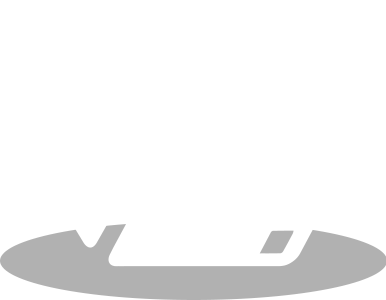Glossary

Base II
Base II is the second of two systems for authorizing transactions. Base I and Base II work as a team to begin and end the authorization process for each merchant account and its daily transactions. These systems were established by VisaNet, which is a collection of all networks under the umbrella of Visa itself. VisaNet provides many functions and services, such as settlement, clearing and exception file services. It was one of the first electronic payment processing tools created and is a leader in the world of data entry for credit card processing to this day.
What Makes Base II Different Than Base I?
Base II is the second part of VisaNet’s authorization process. Base I begins the process by providing authorization once a transaction begins. Once that transaction has been approved, it goes to Base II which clears and settles the account. All Visa users have automatic access to Base I and Base II, whether they are domestic or international customers. One other difference between the Base I network system and Base II is that once Base II settles the account, it incurs a Visa Base II Settlement Fee. Once its services are concluded, this fee happens automatically. Like any credit card processing system, Base II happens on a daily business. Members of Visa receive regular updates and information about Base II as the system conducts its clearing and settling functions. This provides today’s fast-paced world of e-commerce with safe and secure authorization services. VisaNet has developed two outstanding methods of protection that merchant account holders can rely on, from beginning to end, while they conduct their business each day.
What is the History of Base II?
Base II was first created by the IT staff at Bank of America, along with Base I, in 1976. It was given the name “BASE” which is short for Bank of America System Engineering. The reason Base II pertains to Visa is because originally Visa was called BankAmericard prior to 1973. An account member using a Visa card, the Base I system, and the Base II system, has a historical connection to the Bank of America.
Back to list